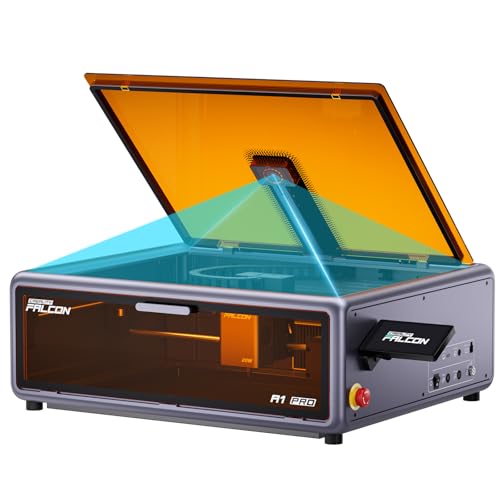Motion sickness from a 1996 DOS game wasn’t supposed to be possible, yet Descent now ranks as virtual reality’s most physically demanding experience. Community developers have retrofitted this forgotten shooter with modern VR platforms, transforming what was already a disorienting challenge into something that makes seasoned VR veterans reach for motion sickness bags.
Six Degrees of Digital Brutality
Descent pioneered six-degree-of-freedom movement at a time when most shooters barely managed four. While Doom kept you planted on floors and Quake limited aerial movement to jumping, Descent threw you into zero-gravity mine shafts where every surface was navigable terrain.
Your spacecraft could pitch, yaw, roll, strafe, ascend, and dive simultaneously—like piloting a hummingbird through a concrete maze. Flight stick controllers became essential because keyboard inputs couldn’t handle the spatial complexity. This was advanced stuff for 1995, requiring 2,000 polygons per frame on a 66 MHz 486 processor.
Community Hackers Resurrect the Impossible
The VR resurrection comes courtesy of dedicated modders working on DescentVR for Oculus Quest and Revive compatibility layers for other headsets. These aren’t official releases—the original Parallax Software code remains proprietary—but community enthusiasm has produced functional VR implementations.
DescentVR developers acknowledge their project remains in early development stages, though movement and audio work reliably. Some interface elements still require removing your headset to check the automap, which feels appropriately retro for a game that predates modern UI conventions, despite its reputation for causing digital motion sickness.
Your Brain vs. Your Balance
The vestibular nightmare begins immediately. Your eyes process barrel rolls through cramped mine tunnels while your inner ear registers perfect stillness, creating sensory conflict that would make astronauts sympathetic. Community testers report symptoms ranging from mild disorientation to pronounced nausea, with sustained play sessions becoming endurance contests.
This isn’t designed difficulty—it’s accidental brutality born from mechanical translation across technological eras. Modern VR games incorporate comfort features like teleportation and snap-turning specifically to avoid these issues. Descent offers no such mercy, creating computer problems that challenge even experienced users.
The cultural irony runs deep: a game designed for 320×200 VGA monitors has become the ultimate test of VR resilience. While contemporary developers debate motion sickness as an acceptable challenge versus a design failure, Descent VR answers definitively—sometimes the most authentic experience is the most unforgiving one.





























